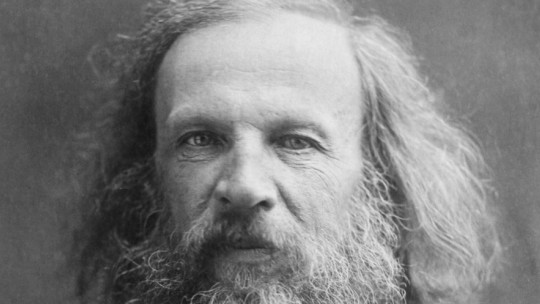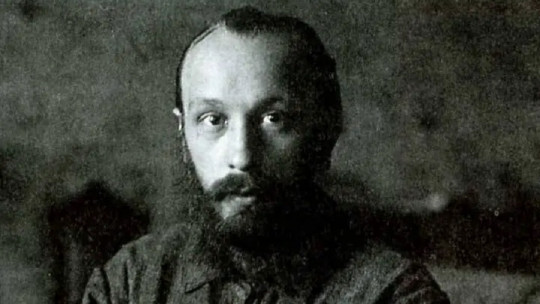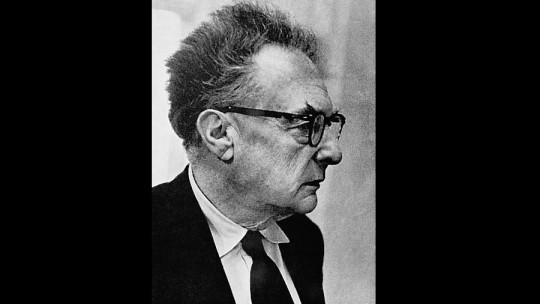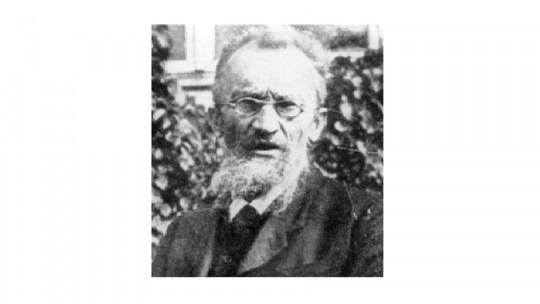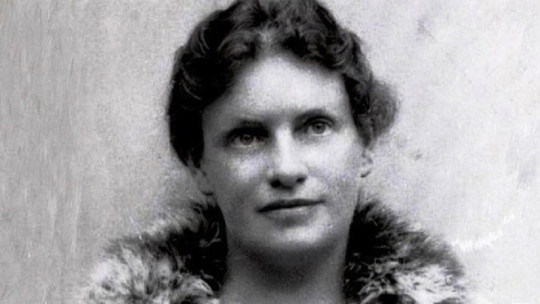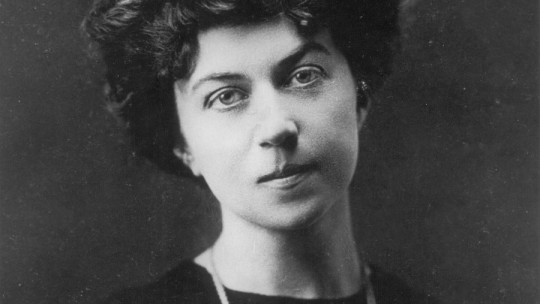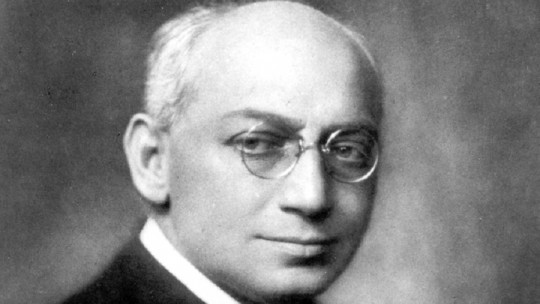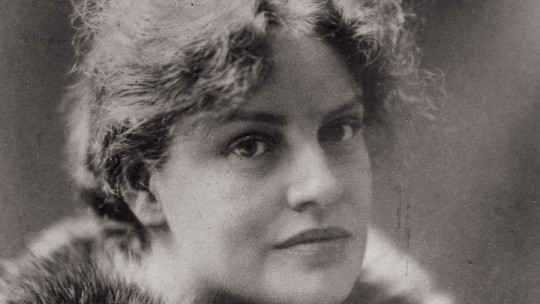
The birth of psychoanalysis was accompanied by a generation of intellectuals, among which Lou Andreas-Salomé is a part.
We are going to take a tour of the life of this Russian author through a biography of Lou Andreas-Salomé, to learn about the great life events as well as the most notable contributions he made throughout an extensive career. With all this, we will contribute to making the importance of this figure visible.
Brief biography of Lou Andreas-Salomé
Lou Andreas-Salomé was born in 1861 in the city of Saint Petersburg, which at that time belonged to the Russian Empire The full name she received at birth was Luiza Gustavovna, Salomé. Her family was of German and French descent. The couple had five other children, apart from Lou, she being the youngest of them all.
It was a wealthy family, which received a high-level education. All the children had the opportunity to learn, not only Russian, but also German and French, which would later allow Lou Andreas-Salomé to travel throughout Europe and learn in different fields, something that at that time was within the reach of a few. few.
The von Salomé couple was Protestant Christian. However, Lou was only attracted to the most intellectual part of everything related to religion, so she gave up being confirmed when she was old enough to do so. Even so, she continued to attend the homily of Hendrik Gillot, a local pastor who took her on as his pupil, given her fascination.
Gillot acted as his mentor and brought Lou Andreas-Salomé closer to theological and philosophical topics of study, and even to different European writers. They both shared a taste for intellectual matters and this relationship was an impetus for Lou’s growth. However, the pastor ended up falling in love with his pupil.
But Lou Andreas-Salomé was not interested in him in that sense. Furthermore, Gillot had a wife and children and was even twenty-five years older than her. Therefore, his intentions did not go any further, but although they maintained their relationship as teacher and student, it was never the same for Lou.
Departure from Russia and training
In 1879 the death of his father, Gustav Ludwig, occurred. This fact motivated Lou Andreas-Salomé’s family to decide to leave Russia behind to move to Zurich, Switzerland. At that time, many academic institutions admitted only male students to their classrooms, however, They managed to get Lou admitted to the University of Zurich, as a guest
This is how his training in the fields of philosophy and theology began. However, this stage was eventful, as a condition he suffered from in his lungs became apparent. Doctors recommended that he stay away from cold and humid climates, due to which both Lou Andreas-Salomé and his mother moved to Rome the Italian capital.
This new stage in Rome, coincidentally, would have great relevance for the life of this author. And it was here that she met Paul Ludwig Carl Heinrich Rée, philosopher and doctor. This meeting took place in a literary salon. Rée fell in love with Lou Andreas-Salomé and soon asked her to marry him. Lou rejected his proposal, but proposed another plan.
What he suggested was that they simply live together while they studied, creating a kind of academic group. Not only that, but He proposed that a third person join them, none other than the philosopher Friedrich Nietzsche, who was a friend of Paul Rée Just like she had with him and the pastor, she fell in love with Lou as soon as he met her, and asked her to marry him, which she rejected, once again.
However, the three remained united and maintained their idea of creating an academic commune, for which they undertook a series of trips, in the company of Lou Andreas-Salomé’s own mother, to different parts of Italy and Switzerland until they found the ideal location for Winterplan, which would be the name of the project.
Unfortunately, they did not find the place they were looking for, which should have been a disused monastery in one of those places. Therefore, they had no choice but to abandon the idea. They returned together to Leipzig, Germany, where they lived together for a time, before Lou and Paul left which seriously affected Nietzsche’s state of mind, as reflected in some of his works.
Stage in Berlin and marriage
The destination of Lou Andreas-Salomé and Paul Rée was Berlin. There they lived together for a time, until Lou She met Friedrich Carl Andreas, whom she eventually married, in 1887 She would be his partner until the end of his life, even though Lou did not view marital relationships in a traditional way, so he related to other people in an intimate way.
In fact, he is related to some of the great personalities of the time. Although it is not known to what extent the friendship reached, the truth is that Lou Andreas-Salomé dealt with the Austrian poet, Rainer Maria Rilke, with the politician Georg Ledebour, with the psychoanalyst Victor Tausk and even with the father of psychoanalysis himself, Sigmund Freud.
Lou herself later wrote a work called Lebensrückblick autobiographical in nature, in which he recounts this stage of his life and provides data, for example, about his relationship with Freud, which he describes as merely intellectual. Among the correspondence that both exchanged, Freud attributes to Lou the ability to understand individuals better than themselves.
Through this relationship, Lou Andreas-Salomé was also trained in psychoanalysis, a subject that he came to deeply master, as Freud himself acknowledged in that letter. At this point in Lou’s life, Paul Rée had completely disappeared, because since she married Andreas, her relationship was no longer the same.
With the aforementioned Rainer Maria Rilke, the friendship was especially close, despite the age difference between them, since she was just over fifteen years older than him. The two connected strongly as they shared feelings about the loss of faith, which they had both experienced early in their lives.
Lou Andreas-Salomé returned to his native country, Russia. She made a first trip in the company of her husband, but the following year, in 1900, He returned to Rilke himself, and acted as his representative, putting him in contact with intellectuals and artists of the most renowned of the time, such as the writer Leo Tolstoy himself. Although Lou and Rilke were lovers for three years, their friendship lasted a lifetime.
Last stage and death
Lou Andreas-Salome She continued to carry out her work as one of the most renowned psychoanalysts in all of Europe However, when he reached a certain age, his health began to suffer. He experienced heart ailments for which he had to spend long periods in the hospital. Added to this was the fact that her husband, elderly, also suffered from different ailments.
Perhaps it was this that contributed to the two becoming closer at this stage, which contributed to their marriage lasting four decades, ending with the death of Andreas, in 1930, due to cancer. This disease also affected Lou later, and she had to undergo surgery to overcome it.
Finally, it was in 1937 when, at the age of 76, Lou Andreas-Salomé died, due to a kidney complication that caused an excess of urea in his blood, from which he could not recover, given his delicate health. . His death took place in the German city of Göttingen.
In the last days of his life, he had to experience the misfortune of seeing how The Gestapo, the secret police of the Nazi regime, which already controlled Germany, broke into his home to confiscate his books accusing her of promoting what they called “Jewish science”, due to the fact that she had volumes by authors who belonged to this ethnic group, as was the case of Sigmund Freud.
The figure of Lou Andreas-Salomé endures to this day, among other things for having been a pioneer in the liberation of women, a phenomenon that would continue to develop throughout the 20th century, but that she had already experienced in the first place. person several decades earlier.
Her mortal remains lie next to those of her husband, in the Groner Landstrasse cemetery, in the city of Göttingen, where they both died.

